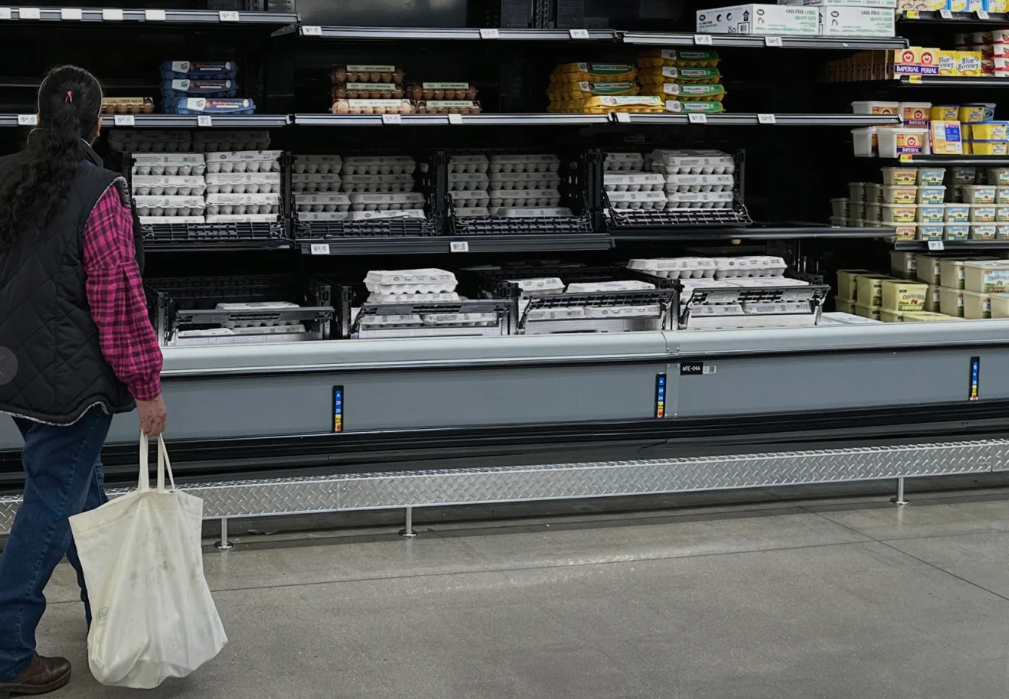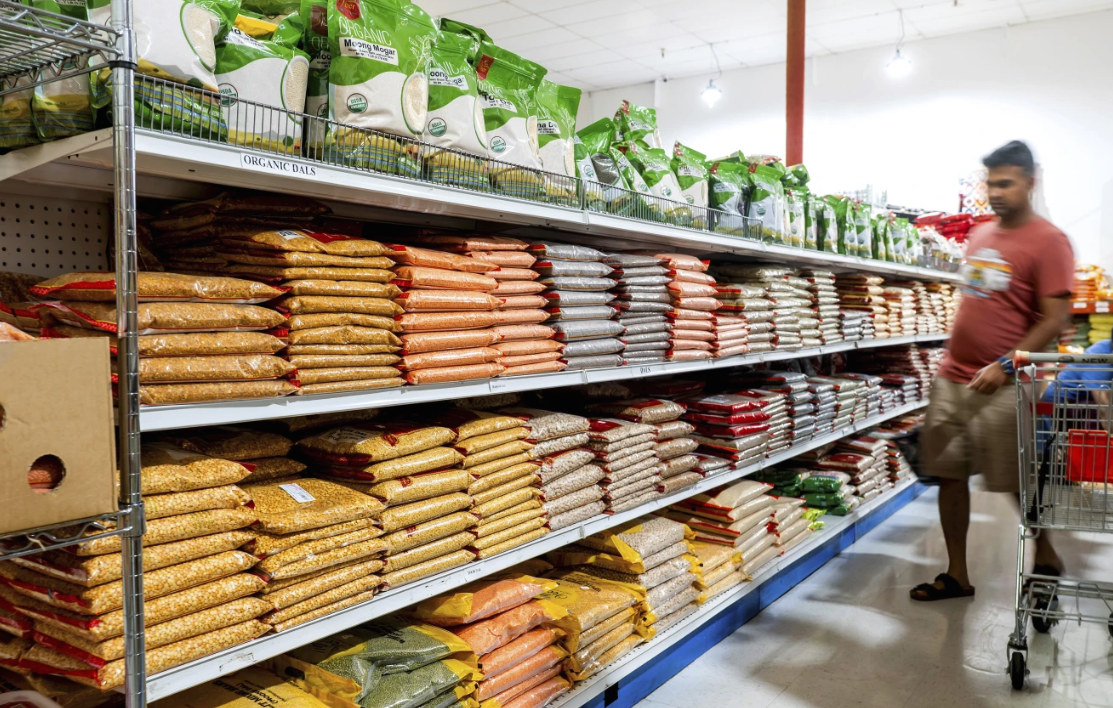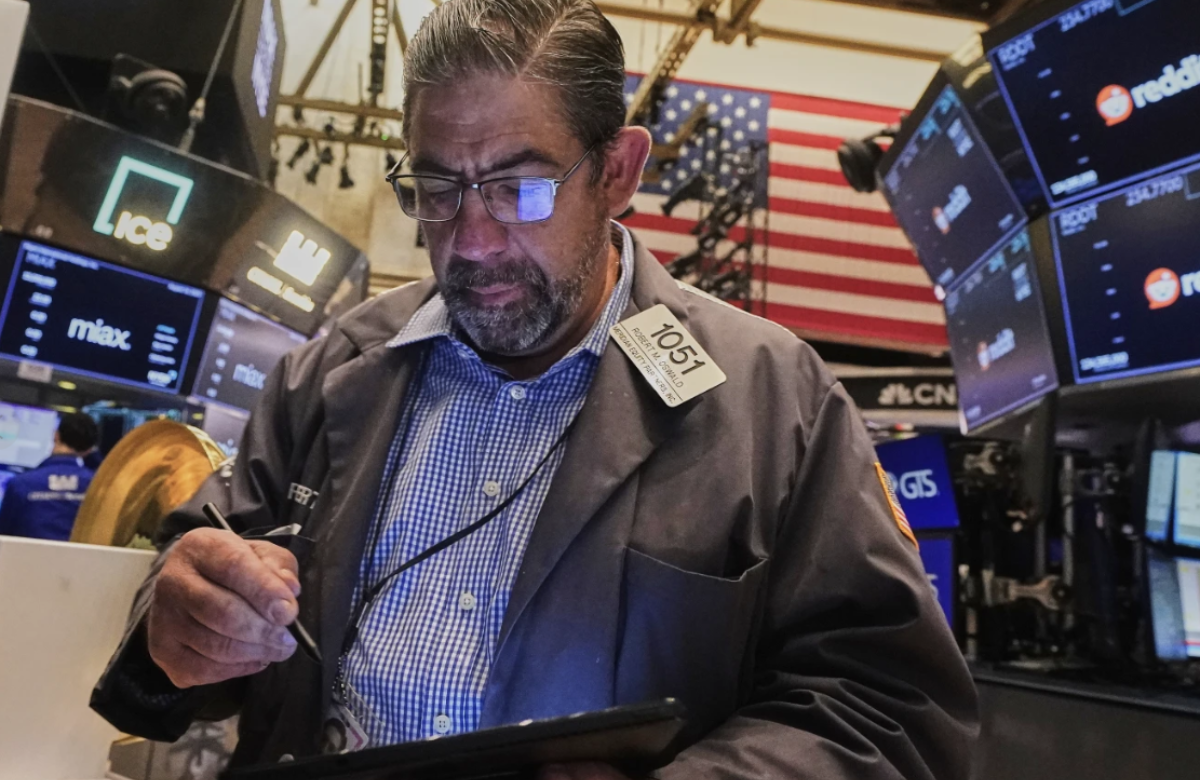Wholesale prices in the U.S. unexpectedly declined in April for the first time in over a year, even as significant tariffs on imports remain in place under President Donald Trump’s administration.
According to the U.S. Labor Department, the Producer Price Index (PPI), which measures inflation at the wholesale level before it reaches consumers, dropped by 0.5% from March. This marks the largest monthly decline in five years and the first decrease since October 2023. On an annual basis, producer prices were up 2.4% in April, slowing from a 3.4% increase in March.
Core wholesale prices, which exclude the often-volatile food and energy sectors, fell by 0.4% month-over-month and rose 3.1% compared to April of last year.
These figures surprised many economists who had anticipated a modest increase in producer prices for the month.
A key contributor to the decline was a 0.7% drop in service prices—the steepest decline since records began in 2009—driven by reduced profit margins at wholesalers and retailers. Wholesale food prices also dropped by 1%, including a sharp 39% plunge in egg prices. Despite this fall, egg prices remain about 45% higher than a year ago, largely due to the effects of bird flu.
In a separate report released Tuesday, the Labor Department noted that consumer prices in April were only 2.3% higher than a year earlier—the smallest annual gain in over four years.
While many economists have warned that Trump’s tariffs would push prices higher, the full impact may not be felt until mid-year. The situation is also fluid, as tariff policies continue to shift. Just this week, Trump unexpectedly scaled back tariffs on Chinese imports, reducing them from 145% to 30%. In turn, China lowered its retaliatory tariffs on American goods from 125% to 10%.
“Tariffs have yet to leave a clear mark on pricing, but it may just be a matter of time,” noted Sal Guatieri, a senior economist at BMO Capital Markets.














